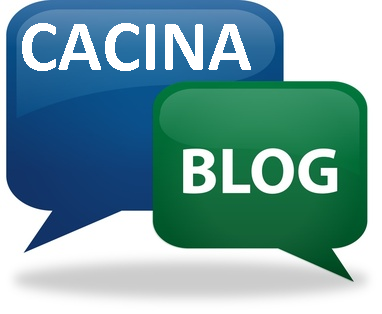In the earliest days of the Church, there were no priests! Originally, the clergy consisted of bishops, who served as pastors, overseers, and caretakers; and deacons, who preached, taught and served the people. It was only as communities of faith grew larger and more numerous that the order of priests was created to assist the bishops in their work.
It is primarily the work of the priest to be a minister of the sacraments, a pastor, counselor, teacher, and guide. It is primarily the work of the deacon to minister through active service to the faith community. In addition, deacons have specific responsibilities in the Eucharist including proclaiming the Gospel and preparing the gifts for the altar. They also administer the sacraments of baptism, matrimony and unction, and bury the dead.
Because men and women destined to become priests are first ordained as deacons, many people believe that the diaconate is somehow inferior to the priesthood; a sort of second-class citizenship among the clergy. Nothing could be further from the truth. As Ormond Plater has pointed out, the diaconate is a "full and equal order," in no way subordinate to the priesthood. Deacons, in fact, are not supervised by priests but report directly to the bishops of their dioceses. Priests are ordained to the diaconate not as a stepping stone to the priesthood but to remind them that the first duty of every member of the clergy is to serve the people of God.
Some individuals perceive a call to the diaconate as a lifetime vocation. These persons are known as vocational deacons to distinguish them from others who will ultimately become priests. These latter are known as transitional deacons. To repeat, the vocational diaconate is every bit as significant and vital to the work of the Church as is the priesthood.





